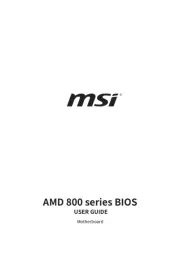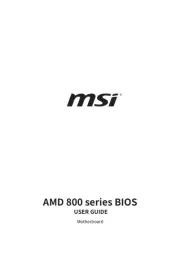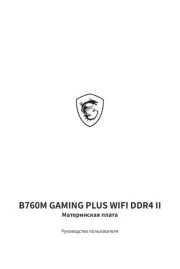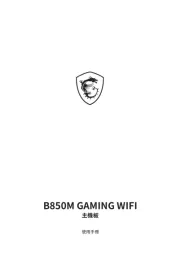Gigabyte GA-965GM-DS2 Manual
Læs gratis den danske manual til Gigabyte GA-965GM-DS2 (88 sider) i kategorien Bundkort. Denne vejledning er vurderet som hjælpsom af 17 personer og har en gennemsnitlig bedømmelse på 4.9 stjerner ud af 9 anmeldelser.
Har du et spørgsmål om Gigabyte GA-965GM-DS2, eller vil du spørge andre brugere om produktet?

Produkt Specifikationer
| Mærke: | Gigabyte |
| Kategori: | Bundkort |
| Model: | GA-965GM-DS2 |
| Bredde: | 244 mm |
| Dybde: | 233 mm |
| Ethernet LAN-porte (RJ-45): | 1 |
| Antal USB 2.0-porte: | 4 |
| Udgange til hovedtelefoner: | 1 |
| Lyd-output kanaler: | 7.1 kanaler |
| Strømkilde type: | ATX |
| Maksimal intern hukommelse: | 4 GB |
| Mikrofonindgang: | Ja |
| Processorproducent: | Intel |
| Antal VGA-porte (D-sub): | 1 |
| Antal serielle porte: | 1 |
| Udvidelsesporte: | 1 x PCI Express X16 \n1 x PCI Express X1 \n2 x PCI |
| Antal PS/2-porte: | 2 |
| Processor sokkel: | LGA 775 (Socket T) |
| Lydchip: | Realtek ALC888 |
| Antal hukommelsesstik: | 4 |
| LAN Kontroller: | Realtek RTL8111B |
| USB 2.0-stik: | 2 |
| Antal SATA stik: | 4 |
| S/PDIF-udgangsstik: | Ja |
| CPU-ventilatorstik: | Ja |
| Antal COM-stik: | 1 |
| ATX strømstrik (24 stikben): | Ja |
| Indbrudsttik til kabinet: | Ja |
| Lydstik på frontpanel: | Ja |
| Motherboard form faktor: | micro ATX |
| Antal parallelle porte: | 1 |
| CD/AUX lyd, indgående: | Ja |
| Floppy-drev, stik: | Ja |
| Antal parallelle ATA-stik: | 1 |
Har du brug for hjælp?
Hvis du har brug for hjælp til Gigabyte GA-965GM-DS2 stil et spørgsmål nedenfor, og andre brugere vil svare dig
Bundkort Gigabyte Manualer



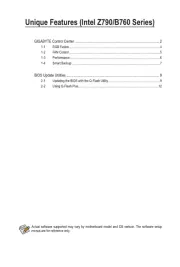

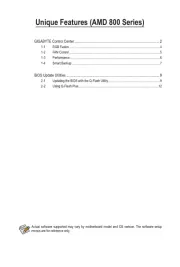




Bundkort Manualer
- Intel
- Elitegroup
- AOpen
- MSI
- ECS
- Asus
- Sharkoon
- Biostar
- Asrock
- EPoX
- Zotac
- Festo
- Advantech
- Foxconn
- Raspberry Pi
Nyeste Bundkort Manualer






